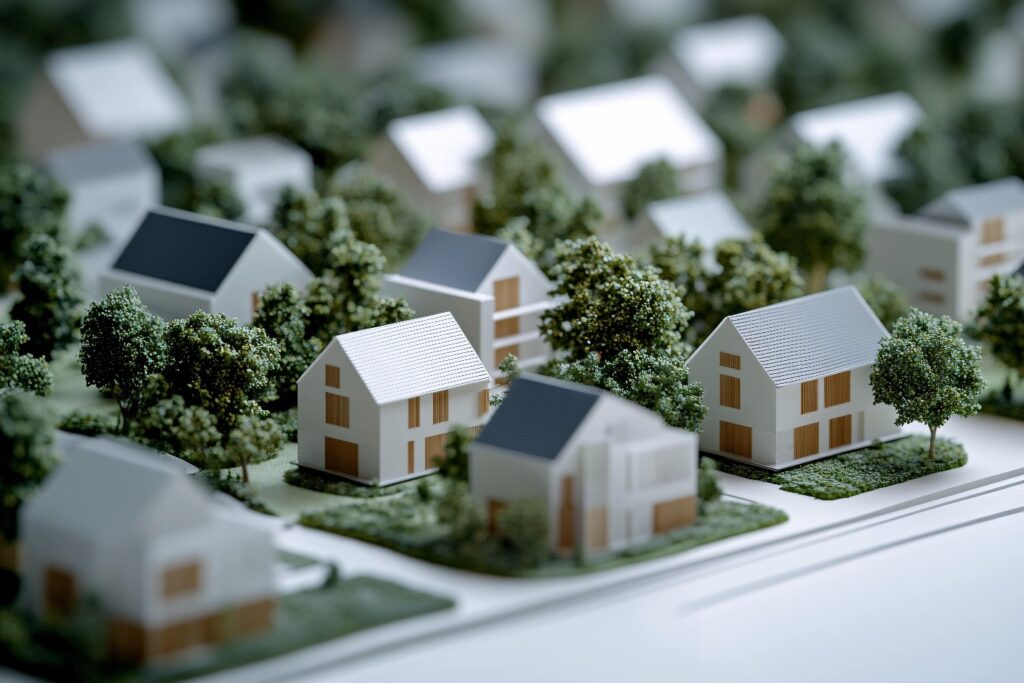
Real estate development projects are transformative undertakings that require careful planning, strategic execution, and robust management to bring a concept to life. Whether it’s a mixed-use building, residential neighborhood, or commercial center, every development project follows a distinct life cycle. David Lawver investor, breaks down the process into clear phases: feasibility studies, financing, design and planning, construction, marketing, and property management. Understanding these steps can help developers, investors, and stakeholders navigate the complexities of real estate projects.
1. Feasibility Studies: Evaluating the Potential
The initial phase of any real estate development project is assessing its viability. Developers conduct feasibility studies to answer essential questions:
- Is the project financially feasible?
- Does the location support the intended use?
- Are there environmental, legal, or zoning constraints?
Key Components of a Feasibility Study:
- Market Analysis: Examines demand, competition, and potential rental or sale prices.
- Site Analysis: Evaluates the physical characteristics of the land, including size, access, and existing infrastructure.
- Financial Projections: Includes estimated costs, revenues, and profitability metrics like Net Present Value (NPV) or Internal Rate of Return (IRR).
By analyzing these factors, developers can decide whether to proceed or pivot to a more promising opportunity.
2. Financing: Securing the Capital
Once a project is deemed feasible, the next step is financing. Real estate development often requires significant capital, which may come from various sources:
- Equity Financing: Contributions from developers or private investors.
- Debt Financing: Loans from banks or financial institutions.
- Public-Private Partnerships (PPPs): Collaboration with government entities for shared funding.
Developers typically create a detailed business plan outlining the project scope, costs, and expected returns to attract financiers. The plan must also address contingencies to mitigate risks, such as rising material costs or delays.
3. Design and Planning: Shaping the Vision
With funding in place, the project moves into the design and planning phase. This step transforms a conceptual idea into actionable plans through collaboration with architects, engineers, and urban planners.
Steps in the Planning Phase:
- Conceptual Design: Architects create preliminary sketches or 3D renderings to visualize the project.
- Land Use Approvals: Developers work with local governments to secure zoning changes or permits.
- Detailed Blueprints: Engineers and planners create technical drawings that account for structural, electrical, and environmental considerations.
Sustainability is increasingly prioritized during this stage, with many projects incorporating energy-efficient designs, green building certifications, or biophilic elements to align with environmental goals.
4. Pre-Construction: Preparing the Groundwork
Before breaking ground, developers undertake essential pre-construction tasks to ensure the project starts smoothly.
Pre-Construction Activities:
- Securing Permits: Ensuring compliance with building codes and obtaining necessary approvals.
- Site Preparation: Clearing the land, conducting soil tests, and installing temporary utilities.
- Hiring Contractors: Selecting reliable general contractors and subcontractors through bidding processes.
This phase also includes risk assessment, where contingency plans are developed to address potential challenges such as adverse weather or supply chain disruptions.
5. Construction: Bringing the Vision to Life
The construction phase is where the project transitions from plans to reality. This phase is often the most time-intensive and involves close monitoring to ensure quality, safety, and adherence to schedules.
Key Aspects of the Construction Phase:
- Project Management: Developers or construction managers oversee timelines, budgets, and workforce coordination.
- Quality Control: Regular inspections ensure that building codes and design specifications are met.
- Safety Protocols: Compliance with Occupational Safety and Health Administration (OSHA) standards and other local regulations.
Unexpected delays, such as weather disruptions or material shortages, can occur. Effective communication between all stakeholders is critical to maintaining progress.
6. Marketing and Leasing/Sales: Generating Revenue
As construction nears completion, the focus shifts to marketing the property to potential buyers or tenants. This phase is crucial for recouping investments and ensuring profitability.
Marketing Strategies:
- Branding and Positioning: Establishing the property’s unique value proposition.
- Digital Campaigns: Utilizing online platforms, virtual tours, and social media to attract interest.
- Open Houses and Networking: Hosting events to showcase the property to brokers and prospective clients.
For commercial or mixed-use developments, securing anchor tenants is a priority, as their presence often attracts additional businesses and consumers.
7. Property Management: Ensuring Long-Term Success
Once the property is sold or leased, ongoing property management becomes essential to maintaining its value and profitability.
Responsibilities of Property Management:
- Tenant Relations: Handling leases, rent collection, and tenant concerns.
- Maintenance: Ensuring that facilities remain functional and well-maintained.
- Financial Oversight: Managing operating expenses and maximizing returns.
Effective property management can turn a well-developed project into a long-term income generator, especially for rental properties or commercial spaces.
The Art of Balancing Vision and Execution
The life cycle of a real estate development project is a multi-faceted journey that requires meticulous planning, disciplined execution, and adaptability. Each phase—from feasibility studies to property management—builds upon the previous, creating a seamless process that transforms raw land into thriving communities or lucrative commercial spaces.
For aspiring developers or stakeholders, understanding this life cycle provides a roadmap to navigate the complexities of the industry. By balancing vision with practical execution, real estate development projects can achieve both financial success and meaningful contributions to the built environment.